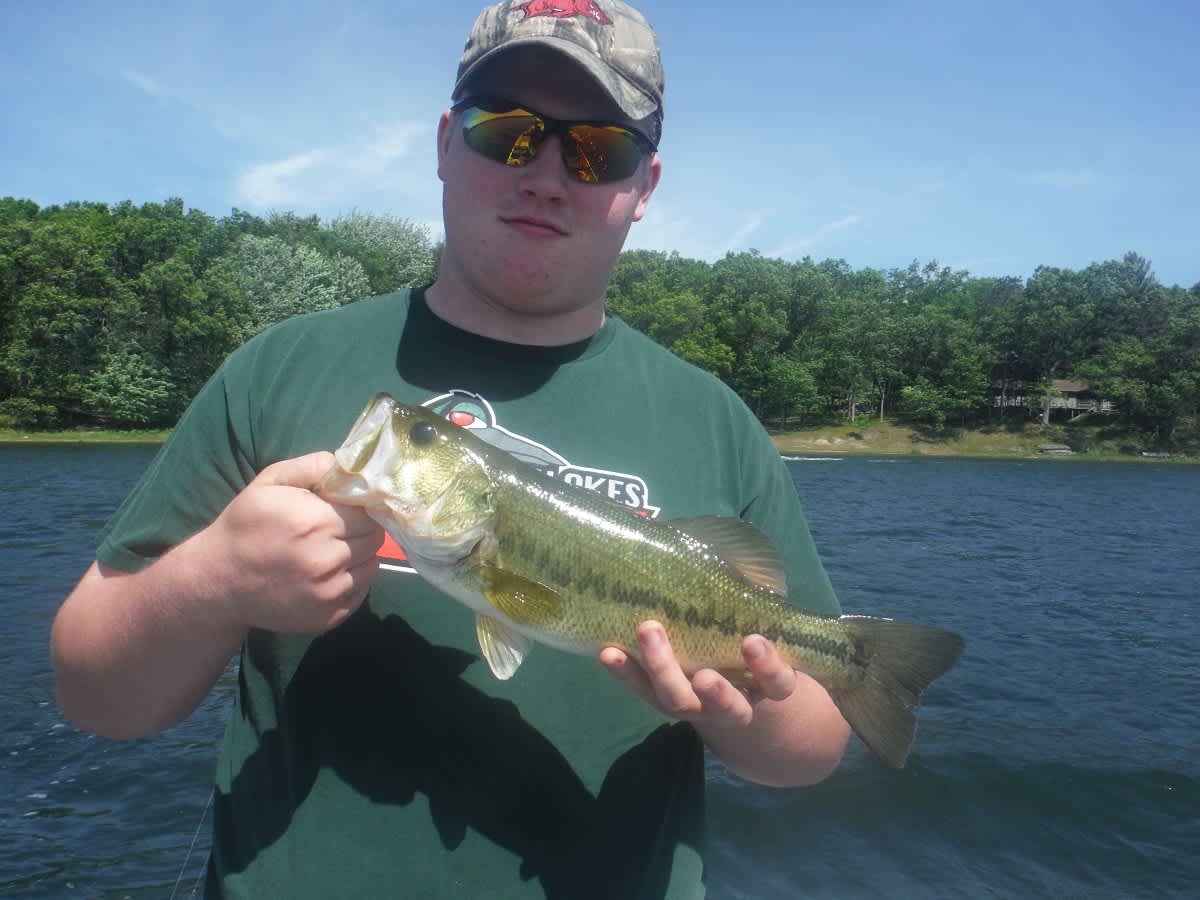Michigan Introduces Year-round Catch and Immediate Release Bass Season
Derrek Sigler 04.14.15

Michigan ranks as one of the top bass fisheries in North America. Coming on the heels of other recent changes to the state’s fishing regulations, a catch and immediate release (CIR) season for bass has been established across the state year-round in waters open to fishing.
There are two types of catch and release. CIR is defined as removing the fish from the water only long enough to safely remove the hook. The fish must be returned to the water immediately without undo harm. Catch and delayed release (CDR) is a common term among tournament anglers, as the fish are caught, kept alive out of water for a period of time, and then returned to the water to fight another day. The distinction between the two types is paramount to the rule changes, said Nick Popoff, the Natural Resources Manager for the state in charge of fisheries and fishing regulations.
“We’ve been looking at having a CIR season state wide since the 1980s,” Popoff said. “Throughout that time, we’ve had six test lakes, and done a lot of research to determine does CIR negatively affect spawning bass, versus CDR. All of our research has shown there is no negative impact on spawning bass populations to target and catch those fish and immediately return them to the water.”
A recent drive to open CIR came from the Michigan B.A.S.S. Nation, the state chapter of the Bass Anglers Sportsman Society. The proposal from the Michigan B.A.S.S. Nation called for CIR to open and for a change to move the bass fishing season on Lake St. Clair in line with the rest of the state, Popoff shared.
Popoff’s group took the proposal from Michigan B.A.S.S. and data gathered over the past two years, conducted further research using surveys and public input meetings, and took input from fisheries biologists, he said. The recommendations were presented to the Natural Resources Commission (NRC), the board governing hunting and fishing regulations for Michigan. The NRC took public comments for several months before ruling in favor of the proposed changes, which took effect April 9. As of now, the harvest season for Lake St. Clair remains closed until the third Saturday in June.
The next area of study will be CDR options on select waterways, Popoff said. His group is coming up with a list of one to 20 lakes that could support limited trials of CDR, as there are several fishing tournaments that are held in the state. He is looking at ways to protect the fishery, but attract even more potential fishing opportunities and revenue generation tournaments.
On the enforcement side, Popoff said the NRC doesn’t foresee any major issues. There will be some overlap of closed species, such as northern pike and muskyie which can be caught as an incidental catch while targeting bass.
“Closed species would have to be released the same as bass anyway,” Popoff said. “There will undoubtedly be a transition period to see how well things go on the enforcement side and any effects. We do track that side of things very closely but I don’t foresee there being any problems.”
So far, the announced changes have brought a very positive reaction from Michigan anglers, Popoff said. With a strong bass population, anglers now have additional opportunities to enjoy fishing for largemouth and smallmouth bass in the Great Lake State.
Trout and salmon changes
Michigan is a rather large state, with a massive amount of fishable trout and salmon waters. Gathering data from researchers, anglers, and the general public takes time, leading to some late changes to the regulations. Such is the case this year, with some major changes taking effect now, just as the season gets underway. These changes are not in the printed hard copy regulation booklet, so all anglers need to be aware of the new rules before wetting a line.
The change for salmon anglers revolves around hooks. Betsie River anglers now may only use terminal fishing gear restricted to single-pointed, un-weighted hooks, measuring 1/2-inch or less from point to shank, or treble hooks 3/8-inch or less from point to shank only when attached to an artificial lure. This is in an effort to reduce snagging or foul hooking.
There are also changes for brook trout anglers, with Brook Trout Restoration Areas being established with regulations that supersede regulations in other areas of the state.
Anglers on Lake Michigan and Lake Huron looking to catch lake trout and splake have new size slot limits and other regulations specific to certain zones on the lakes. Anglers need to check the new regulations before fishing these waters.
“There are lots of changes to the fishing regulations every year,” Popoff said. “It’s our job to protect the public trust in these fisheries.”
For more information on Michigan fishing go to michigan.org. Click here to purchase a Michigan fishing license online.
This article was produced in partnership with Pure Michigan.

